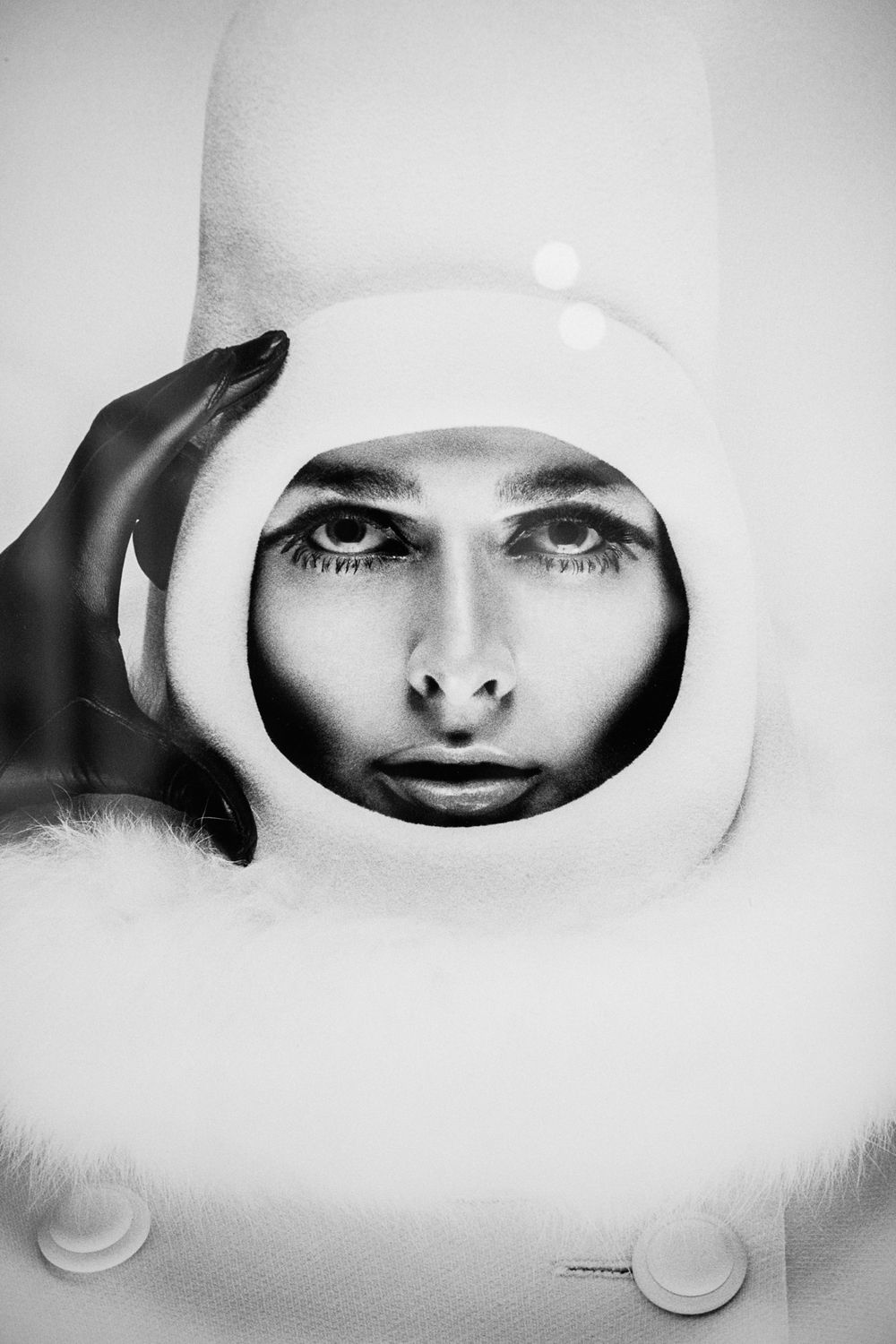
Japanese-American photographer Hiro died in August 2021. A relentless innovator, he transformed the face of fashion on film, creating images that warped our perception of reality.
Hiro recognised early on the potential of photography to merge the mundane and the fantastical, a concept that underlay most of his work. ‘If you look in your camera and see something that you’ve seen before, don’t click the shutter’ was the mandate he adopted from his late mentor Alexey Brodovitch, one which he abided by until his death.
Born Yasuhiro Wakabayashi on 3 November 1930 in Shanghai, Hiro (as he would become known professionally) was born into a world of turmoil. Just a year after his birth, Japan invaded the Chinese province of Manchuria. Hiro’s parents were Japanese, his mother was a teacher, and his father was a university linguist and alleged spy. When Japanese troops invaded Shanghai in 1937, the government sent his family to occupied Peking (now Beijing).
There, Hiro attended a military-run school and was drafted into the Japanese Army of Occupation in its final, most brutal phase. At the war’s end in 1946, Hiro’s family was repatriated and returned to a fractured Japan. With $3 and all they could carry, they went to Tokyo, ‘dug a trench in the burnt earth, put a piece of corrugated metal over the top and moved in’.
Serendipitously, Hiro discovered the photography of Richard Avedon while leafing through fashion magazines at the hotels he worked in. He was entranced and soon acquired a camera of his own, making it his goal to work alongside his idol.

Hooded Coat by Pierre Cardin, 1966 Richard Avedon and Hiro shared a studio for years after Hiro apprenticed at his workspace Photograph: HIRO/© Hiro
Hiro left Japan for America in 1954, and following a brief stint at New York’s School of Modern Photography, he landed an apprenticeship in Avedon’s studio. So impressed was he by Hiro’s skill that Avedon introduced Hiro to Harper’s Bazaar’s legendary art director Alexey Brodovitch, and Hiro worked under Brodovitch’s direction from 1956. Soon he was propelled into fashion photography heights, and in 1963, he became the only photographer under contract at Harper’s Bazaar, a position he held for nearly two decades.
Possessed of seemingly limitless creativity, Hiro was renowned for his dynamic compositions and arresting juxtapositions: a green snake coiled inside a diamond-studded bracelet, a reclining woman’s face set against a cerulean sky, perfectly choreographed so that her red lipstick leaps from the page.
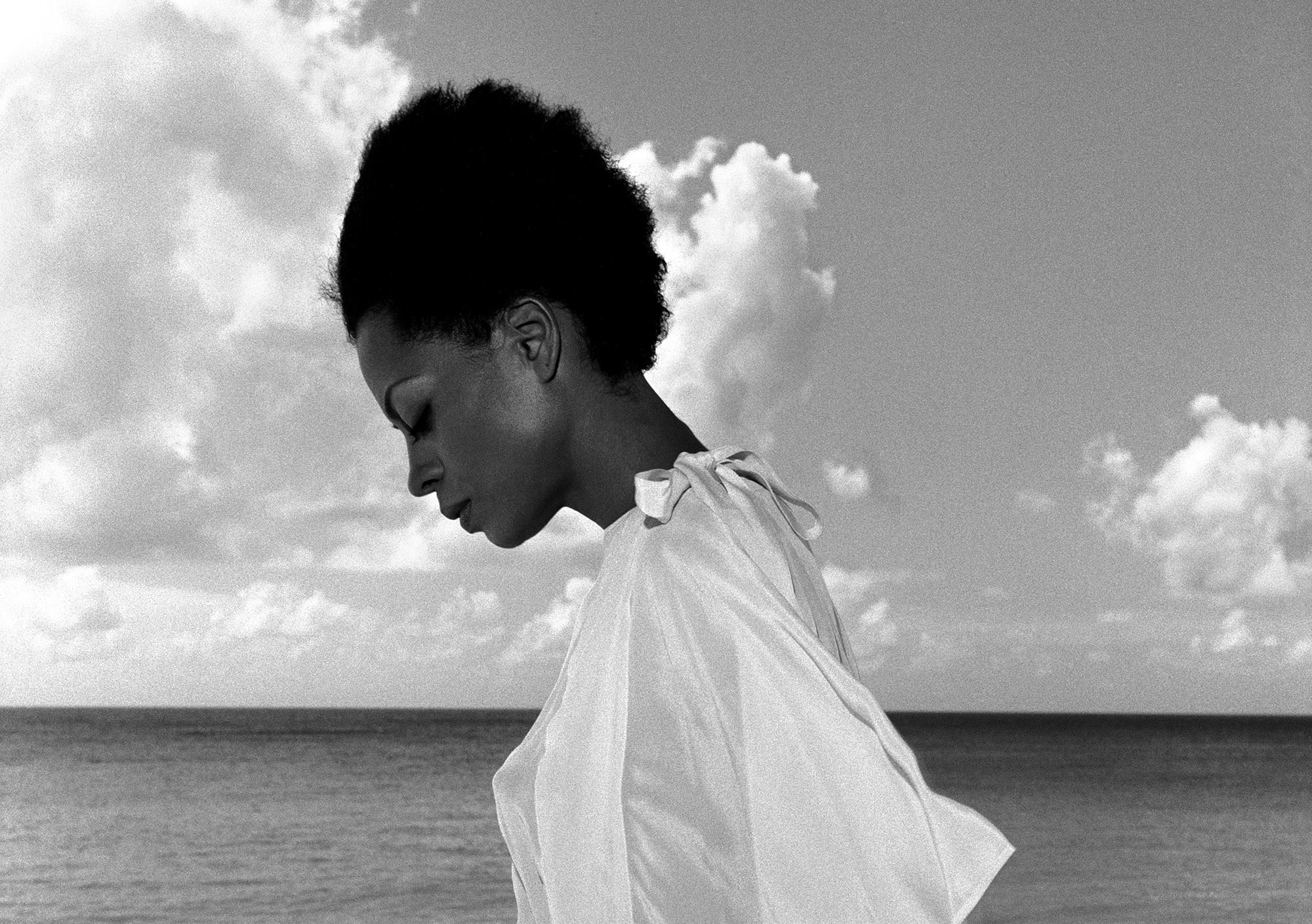
Diana Ross, 1978 (Photograph: HIRO/© Hiro)
With a knack for finding beauty in the unexpected, Hiro managed to elevate ordinary objects into the phantasmagoric realm of surrealism. He would go to great lengths to achieve his visions, wrangling live owls, snakes and fish to complement thousands of dollars worth of jewellery. Jewellery ads were the most lucrative, and after striking up a collaboration with Italian designer Elsa Peretti, Hiro became her photographer of choice for half a century, shooting every national ad for her merchandise for Tiffany & Co. But wealth wasn’t the motivation for Hiro; he was merely passionate about his craft, and it showed.
By 1966, Hiro earned up to $2,000 for part of a day’s work, travelling around the globe to fulfil impressive commissions. Nancy White, then editor-in-chief at Harper’s Bazaar, said at the time, ‘there isn’t anything or anyone he can’t photograph beautifully, and in 1982, American Photographer devoted an entire issue to Hiro, positing on the cover alongside his self-portrait: ‘Is this America’s greatest photographer?’ Avedon, with whom he shared an East 58th studio for nine years, remained one of his biggest supporters, describing Hiro as ‘no ordinary man’, adding ‘he is able to bring his fear, his isolation, his darkness, his splendid light to film.’
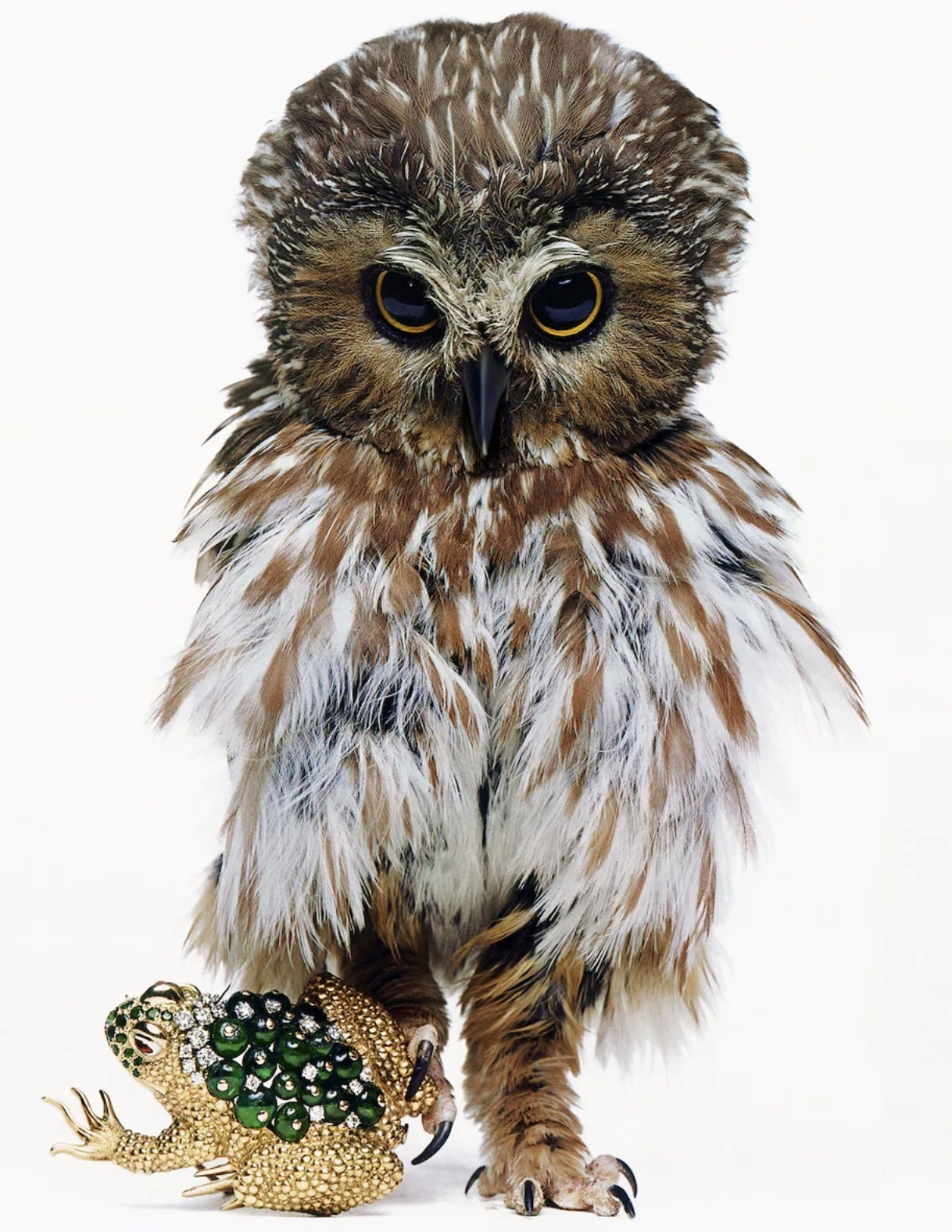
“David Webb, Jeweled Toad, New York,” from a 1963 spread for Harper’s Bazaar (Photograph: HIRO/© Hiro)
With characteristic ease, Hiro could switch from shooting still lifes to portraiture, and he photographed some of the biggest names of the time, from the Rolling Stones to actor Sean Penn, with a rare intimacy. His radiant 1967 photograph of Alberta Tiburzi uses the Surrealist technique of solarisation pioneered by Lee Miller and Man Ray in the 20s, one of the artist’s many images that are all the more remarkable considering it predates digital manipulation.
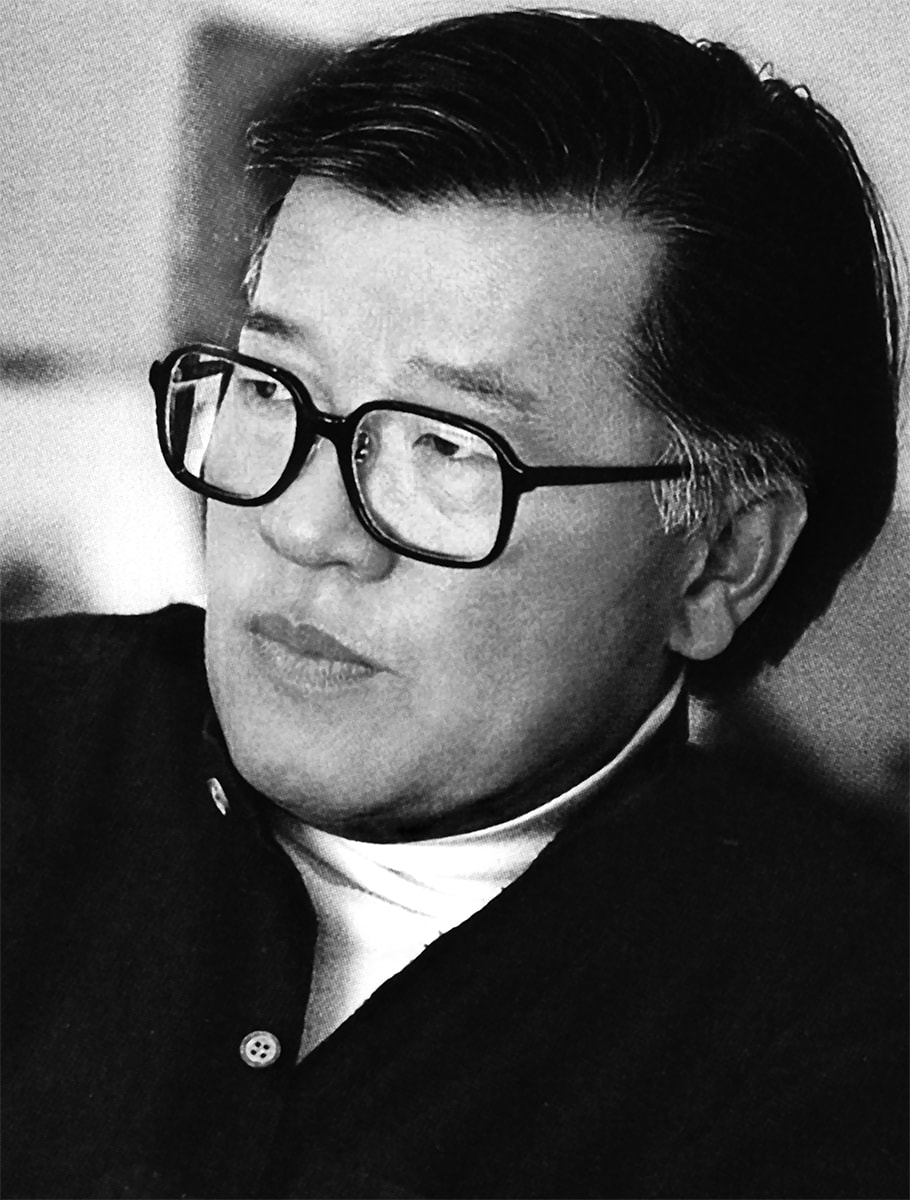
Hiro
Hiro was known to orchestrate everything to the finest detail, using light adjusted to the millimetre and calibrating shutter speed to the millisecond. Yet despite his technical precision, he also had the ability to operate strictly on feeling. Once, when Harper’s Bazaar refused his offer to cover the Apollo 11 moon shot in 1969, Hiro went to Cape Canaveral anyway and photographed the launch on infrared film. Rising like a hypodermic needle, the photo shows Apollo 11 when it departs Earth, its dazzling light refracting on the water’s surface below.
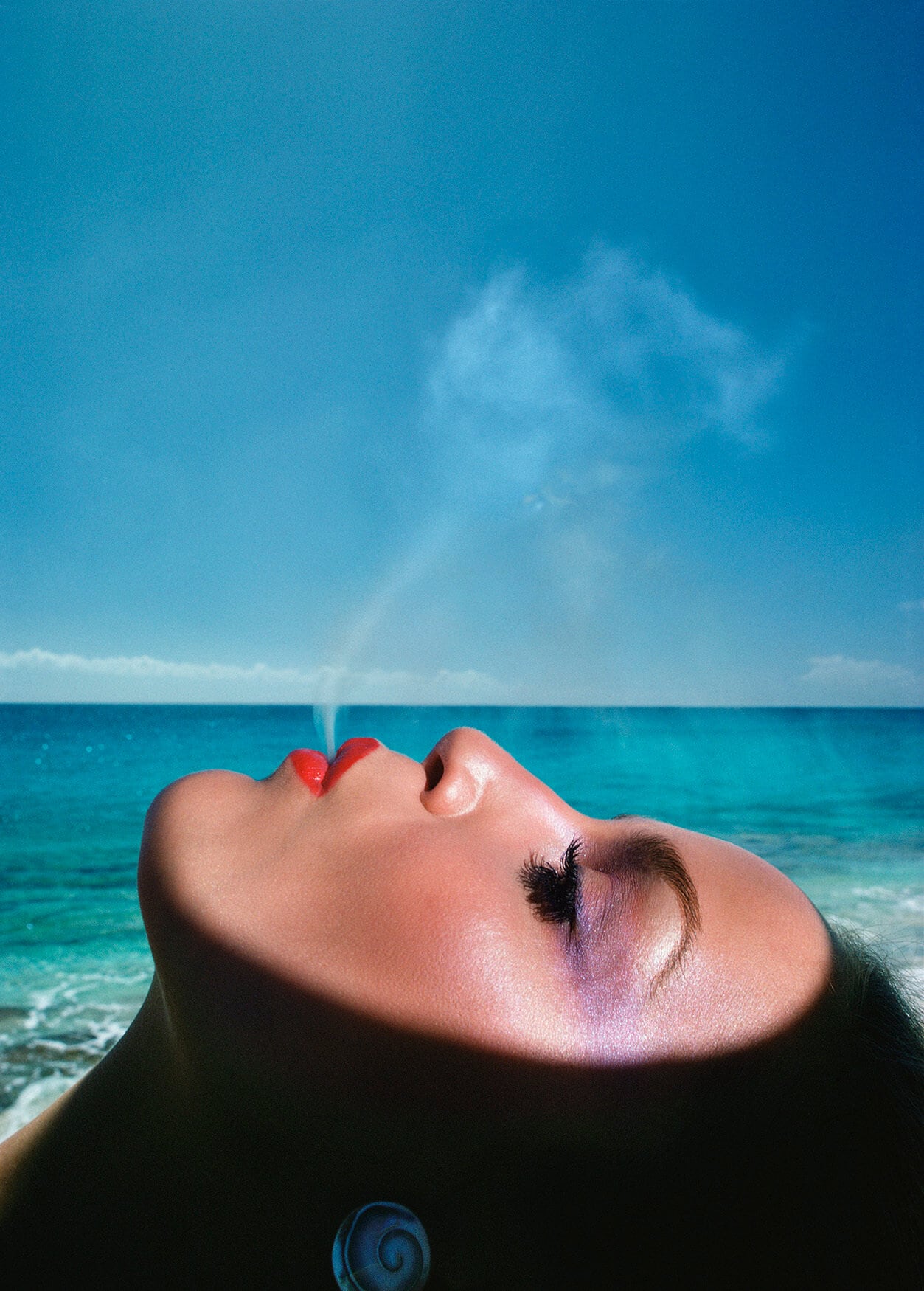
Jerry Hall, Saint Martin, French West Indies, 1975 (Photograph: HIRO/© Hiro)
All green ambience and orange smoke, it captured the epic and otherworldly aspect of the mission, and the magazine ran it after all.
Just as the rocket image draws you in, Hiro’s advertising images aim to elicit a sensory response. In what was otherwise a standard podiatric feature for an April 1982 issue of Vogue, Hiro photographed a woman’s foot perched on smooth black stones whilst an octopus’s tentacle looped around it, wet and glistening. The image, with its capacity to simultaneously compel and repel, became one of the most memorable stories ever to appear in the magazine.
Hiro’s recent death is a great loss to the creative world. Despite producing some of the industry’s greatest and most influential magazine shoots, he remained largely undersung during his career. Open any magazine, and you’ll see his influence everywhere, fuelling a new generation of visual artists redefining contemporary surrealism. Hiro lived for photography, and that blazing lifeforce perseveres through his legacy. ‘Someone once asked me, “why do I photograph?”‘ Hiro is quoted saying in 1992. ‘And I said because it’s the most honest way I find myself. Once I get behind a camera, I become another person.’




